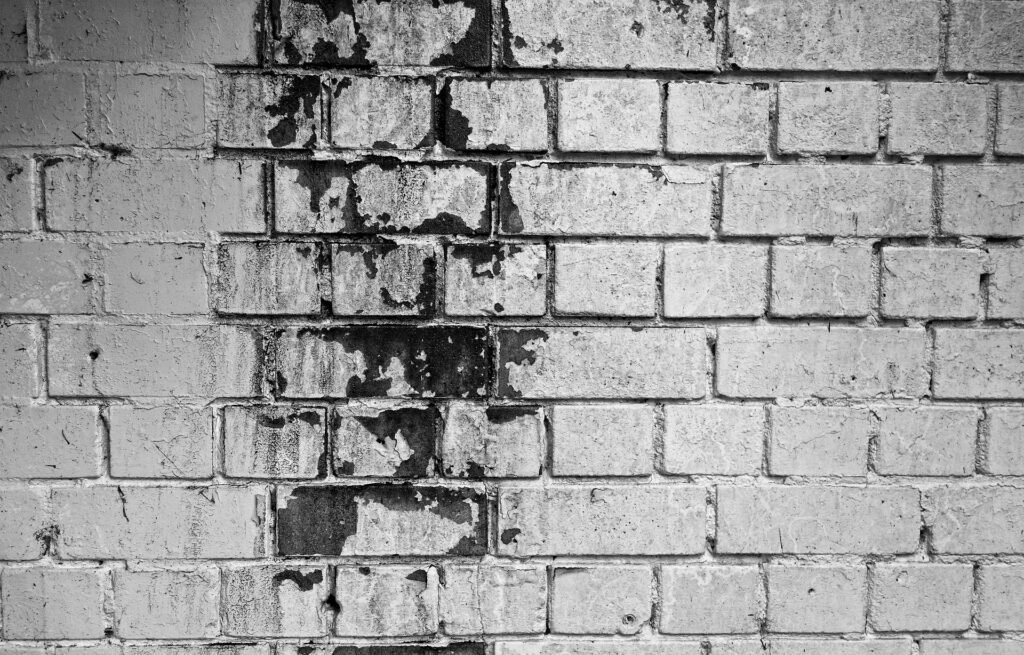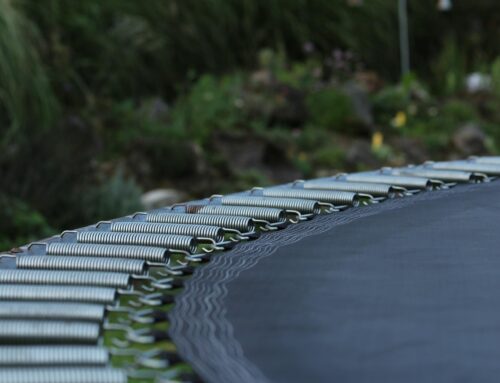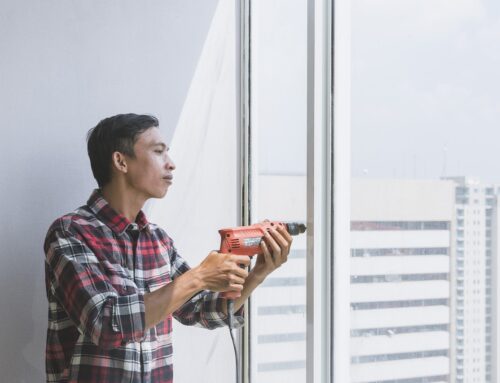Humid, muggy Florida weather is often uncomfortable and one of the leading contributors to mold growth within South Florida homes. Mold growth flourishes in high-humidity climates, so keeping your home dry and cool enough to inhibit mold growth should be a top priority for all Florida homeowners. Mold is much more than an eyesore. Mold, especially if carried throughout your house by your central cooling system, can be dangerous for young kids and people with respiratory illnesses. Is your home insurance covering you for mold issues and damage? If you want to know how and when mold forms and when you can claim help from your insurance, read on.
Mold Issues In Florida
As previously stated, mold forms inside houses when a moist and damp situation is created, often from leaks within the home. Mold tends to multiply fast and will continue to proliferate unless a homeowner takes action. Identifying mold by sight is easy; determining whether or not you have mold in hard-to-reach areas of your house, such as attics or crawlspaces, can be more challenging. Do a thorough check of your home if you notice a distinct smell that you can not pinpoint to anything else. Look for leaks, water damage, or warping of wood that might be hiding a colony of mold.
There are many different types of mold, but almost all kinds should be addressed with urgency. Even if you are certain the mold is not particularly dangerous to humans, it can still cause structural damage to your home, which will have to be addressed sooner or later.
Mold and Insurance
It is likely that your insurance policy does not include mold insurance specifically. However, some scenarios may arise where your insurance provider may cover damage caused by mold.
You are likely not covered if mold is growing in your house due to a preventable and common event, such as a pipe leak or leaky roof. Mold damage is most often claimed successfully when combined with another accident, and your actions could not reasonably have stopped mold growth. For example, if your home was recently affected by flooding due to Hurricane Ian here in South Florida, mold growths might have begun to grow within your house. If you returned to your home following safety recommendations by the government and already found mold issues, your flood insurance would cover any damages, as you could not have reasonably stopped the growth of mold through your own actions.
In general, you are not covered if proper action could have prevented mold buildup, such as a quick repair to a leaky roof. This means taking appropriate steps in the case of water damage to your home is paramount.
Identifying the cause and addressing the problem should be priority number one if a leak occurs. Dealing with the aftermath is just as important. Damp carpets, wet furniture, or water-soaked baseboards are breeding grounds for mold issues long after the source of the water leak has been addressed. Even a prudent homeowner who addresses all leaks as they arise might find their insurance claim being denied if they failed to remove the aftermath of the water damage.
Mold is a silent but insidious danger in households, so eliminating mold from your home is essential for any homeowner. If you believe your situation qualifies you for a claim with your insurance company, take active steps to remedy the problem as soon as possible.
To receive more information on your coverage status, or to discover what types of insurance options are open to you, reach out to us at Anderson and Associates Insurance Group.










